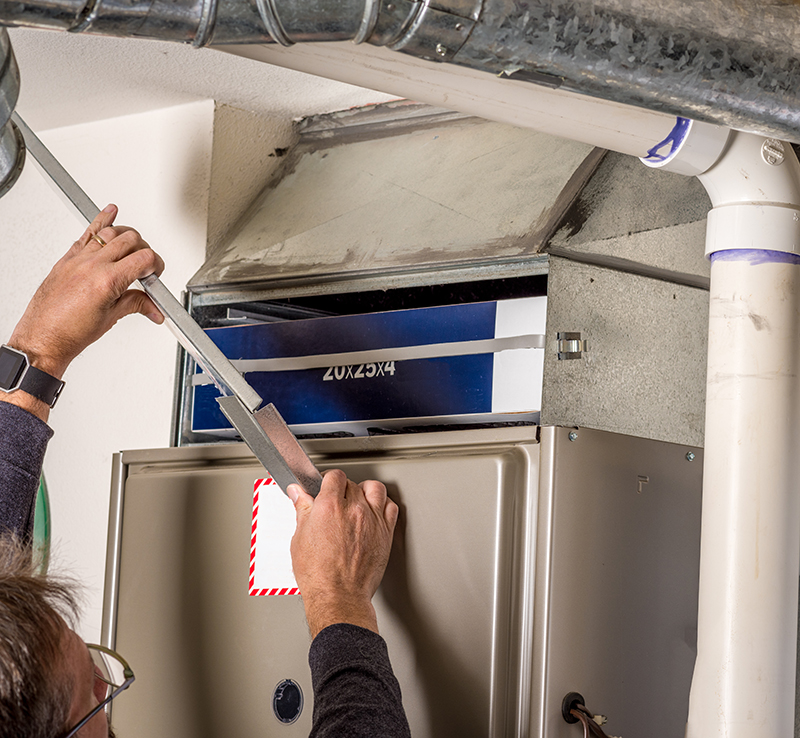While nearly all households in America utilize a furnace for heating and air conditioning, most people need to learn the various types of furnaces, their differences, or how they work. Let us explore the varieties and their operation to help you choose the best furnace for your home.
Common Types of Furnaces
I. Natural gas furnaces
These are ubiquitous, efficient, and inexpensive but run on unsustainable fuel.
II. Electric furnaces
These are powered by electricity; they are thus cheap and emit no substances, though they can be power-hungry and drive up your utility bill.
III. Oil furnaces
These run on liquid oil and are efficient and reliable, though they are the least environmentally friendly of the three and require space for an oil tank. Advances in newer oil furnaces have led to cleaner systems.
How Furnaces Work
For natural gas furnaces, a thermostat allows regulation and comes on when the temperature goes below a set level. This turns on the gas burner and opens the gas valve, regulating gas flow to the burner. Consequently, this heats the heat exchanger, which warms up air around it as the blower sends it through vents in your home until it circles back.
On the contrary, an oil furnace’s fuel pump draws oil through a filter to the burner as a fine spray. A combination of the spray and air is ignited, and heat transfer follows.
On the other hand, an electric furnace contains a cabinet with heating coils and a blower motor. When the thermostat turns on, an electric current passes through the coils, heating them as the blower motor pushes air over them.
Energy Efficiency and Environmental Effects
While an electric furnace has an efficiency of 100%, a gas furnace has an AFUE rating of 80-96%, and oil furnaces have an AFUE rating of 84-90%.
Oil furnaces have a more negative environmental impact due to their emissions, followed by gas furnaces. In contrast, propane gas furnaces burn clean fuel and are thus environmentally friendly, just like electrical furnaces.
Maintenance and Troubleshooting
All furnaces require periodic maintenance to achieve maximum efficiency and life. In addition to routine yearly servicing, you must regularly monitor leakages, dust debris blockages and lubricate moving parts.
They frequently do not start as a safety precaution when there is open access or if the filter is dirty. In other situations, the thermostat may be set too low. Also, a noisy furnace operation would likely result from worn ball bearings and blower belts, and when it doesn’t shut off, the limit control switch is most likely defective.
Choosing the Right Furnace
Knowing which furnace to buy largely depends on your household’s needs regarding size, climate region, fuel accessibility, and budget. Always be sure to weigh your needs before purchasing.
Conclusion
Ultimately, it would be best to understand furnaces so you can pick the best one for your home. Learning how to maintain it can help keep the furnace in great shape for the longest time possible. It would also help to have them regularly serviced. Contact us at Thornton Heating and Cooling for all heating services. When the weather is at its worst, we are at our best.

